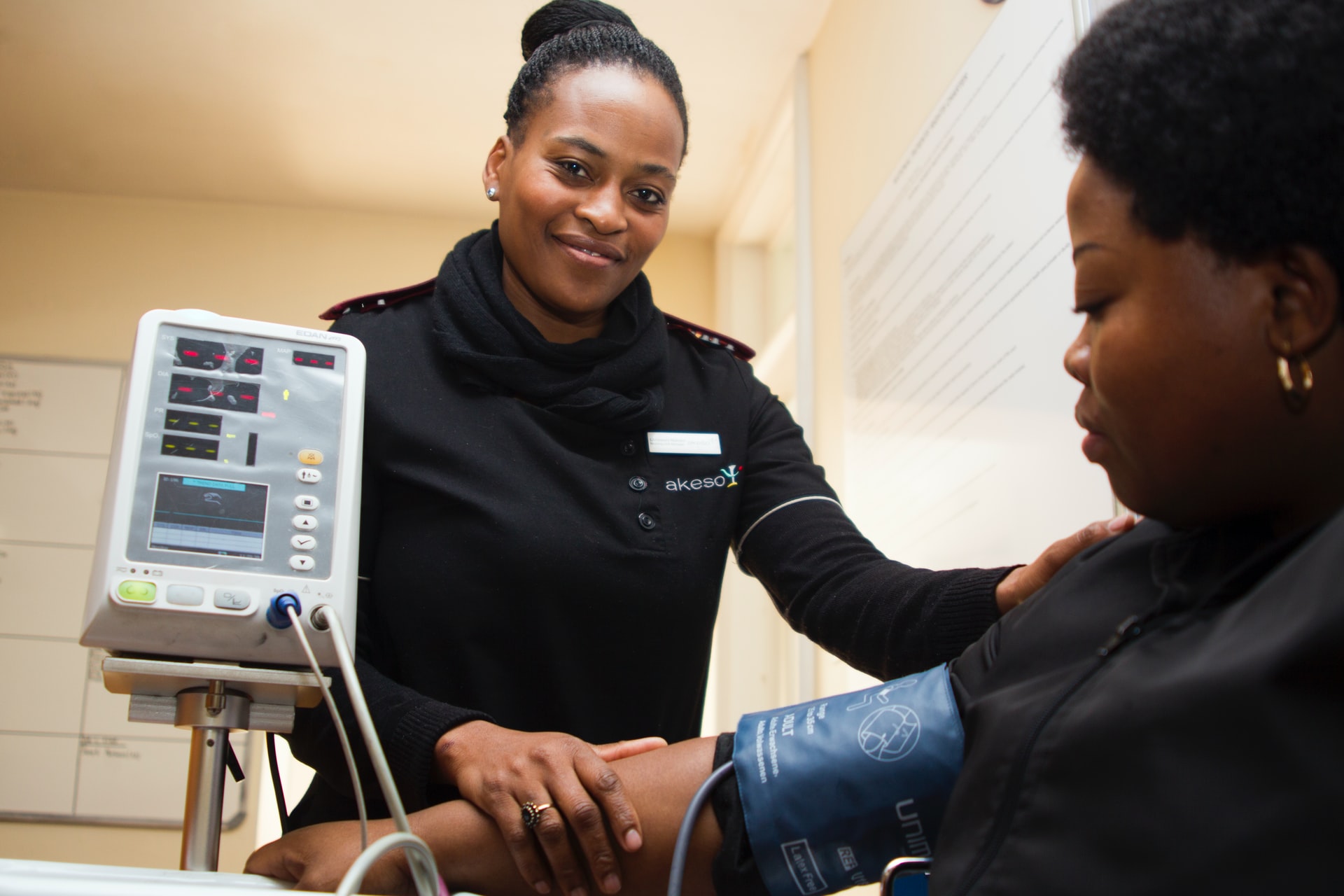5 Ways Technology Is Helping People Take Control of Their Health
A decade or more ago it felt like people took a passive approach to their health. If they were unwell they would simply seek out a doctor for help in identifying the illness and prescribing medications to help. Nowadays, people take a much more proactive approach to their health and wellness. It’s thanks in part to innovations in technology that allow people to leverage at-home tests, medical care through telehealth, and more.
In the past few years, there has been a tremendous rise in the ways technology can help people take control of their health and well-being. While Dr. Google is not the best route, just the ability to search and learn more about health has created a more proactive community of people. More and more individuals are looking for preventive options that their medical doctors simply don’t have the time to explain. Here are some of the ways that technology is leading the way.
At-Home Medical Tests
At-home medical tests are a great way to monitor your health. The benefits of at-home medical tests are that they’re convenient, easy to use, and inexpensive. They also offer privacy when it comes to more sensitive tests like getting a gonorrhea test or something else that could easily impact your insurance coverage. You can do them right in the comfort of your own home, by yourself, or with help from a loved one. It’s important to seek out professionals in the event that there is a positive result that may require antibiotics or other prescribed medications.
Telemedicine
Telemedicine is the use of technology to deliver medical care remotely. It’s been around for a long time, but has only been used more recently as the technology has allowed. With the advent of fast, reliable internet access and mobile technology, it is becoming more common for doctors to use telemedicine techniques when treating patients who are away from their homes or work environments.
Telemedicine can be used to provide medical care in remote areas where getting to a hospital might be difficult or impossible, or it can also be used when it would otherwise be inconvenient or impossible for someone to travel all the way into town just for an appointment with their doctor.
Mobile Apps
Apps that help people manage chronic illnesses are revolutionizing the ways that healthcare is delivered. Some of these apps alert people when their blood sugars are going too high or too low. Some offer insight into heart rate, blood pressure, and more. For patients at home, these stats can alert any caregiver or medical professional who has been designated. This type of technology is allowing more seniors to age in place and reduces the cost of delivering healthcare.
Wearable Medical Tech
Wearable technology is becoming increasingly popular, and this is great news for people who want to take control of their health. Wearables can help you track your exercise, sleep, and even stress levels. You can also use wearable tech to monitor your heart rate or body temperature. These devices are small enough that they won’t get in the way of doing everyday activities like exercising or playing sports.
Wearables come in many different forms including wristbands, watches, and even clothing embedded with sensors.
Air Quality Monitors
If you or a loved one has respiratory conditions like asthma, lung disease, COPD, or lung cancer, then a personal air quality monitor can be a great tool. These devices use sensors that detect and measure things like particulate matter and volatile organic compounds (VOCs) in the air around you. By measuring these substances over time, they allow users to track their exposure levels and make informed decisions about how best to protect themselves from damaging toxins in the atmosphere. Air quality monitors are becoming more affordable as they become more widely available. This technology has many applications both at home and in medical environments.
Conclusion
All of these devices, apps and services have one thing in common. They allow people to take more control over their health. Whether it’s by testing for diseases at home or monitoring your vitals, technology has made it easier than ever for people to stay healthy and get the care they need. While these tools aren’t a substitute for doctors or nurses, they do play an important role in helping us manage our health and well-being when we can’t see someone face-to-face.

